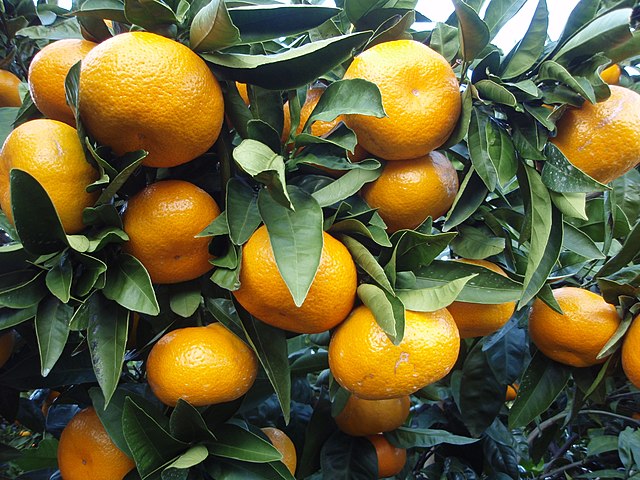South Africa is free of citrus greening disease or huánglóngbíng (HLB) despite recent reports of its spotting in Eastern Cape province, the industry says.
Selina Wamucii got an insider look at the clarification statement by Justin Chadwick, CEO of the Citrus Growers’ Association of Southern Africa.
It reads as follows:
“HLB (Huanglongbing or Asian Citrus Greening, and sometimes casually referred to as Yellow Dragon) is a citrus disease and has caused devastation in some citrus producing regions like Florida in the USA and parts of Brazil.
“Recently, there has been some confusion and misinformation regarding reports that HLB has been identified in South Africa. It has not. As correctly reported by The Herald (30.5.2024) the disease African Citrus Greening was detected near Gqeberha. However, other media channels falsely spread news that HLB and not African Citrus Greening was identified near Gqeberha. This is incorrect. African Citrus Greening is caused by an entirely different species of bacteria and it is a citrus disease that is not nearly as damaging as HLB.”
The statement further traces the origin of the misrepresentation to a sighting in Gqeberha, formerly known as Port Elizabeth.
“The alarmist reactions and misrepresentation of facts were started by a reefer information news snippet that was erroneously headlined: ‘Yellow Dragon lands in Eastern Cape. Huanglongbing, or citrus greening disease, has been identified in residential areas in the South African port city of Gqeberha.’
HLB not Viable in South Africa
“HLB does not occur in South Africa,” the statement continues. “African Citrus Greening, on the other hand, has been reported in South Africa since 1932. This Greening is under official control in South Africa by preventing movement of propagation material from Greening areas to Greening-free areas. This Greening cannot be spread by fruit or seed and there is no restriction on the movement of citrus fruit, and this applies worldwide.”
Chadwick further clarifies that up to now Eastern Cape has been without active citrus greening occurrences.
“To date, the Eastern Cape province was Greening-free and the recent find in Gqeberha will require further delimitation surveys and control measures (control of the insect vector and infected plant material) to successfully prevent spread to commercial citrus production areas.”
Beforehand in early June, the Citrus Management Committee (CGC) of Spain had
recommended a quarantine of Eastern Cape. South Africa’s citrus industry last attracted attention in 2023 over citrus black spot (CBS) and had invoked WTO arbitration.
Eastern Cape and South Africa Citrus Production Statistics
Located in the southeastern South Africa, Eastern Cape produces the second-highest number of citrus nationally. The province produced 48 million 15-kg cartons out of a national 146 million cartons in 2022. The province’s Sundays River Valley ranks as South Africa’s single largest source of citrus. While its navel oranges represent 25% of the national output its lemons claim half the national output.
Eastern Cape’s 2022 citrus exports generated 3.4 billion Rand ($179.146 million) vis-á-vis national revenue of 34.142 billion Rand ($1.85 billion). In the 2021-22 season, South Africa exported 168 million 15-kg cartons of citrus and emerged the world’s second largest exporter.
While oranges led 2022’s citrus fruit production at 1.6 million tonnes, soft citrus (including naartjie) were substantial at 660,000 tonnes. In terms of exports, South Africa ranks 8th worldwide for oranges and 7th for soft citrus.
